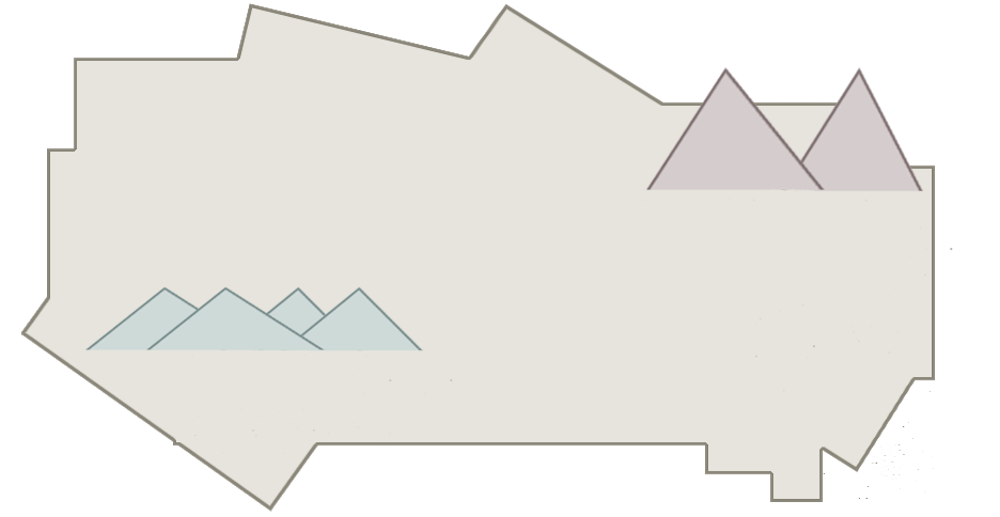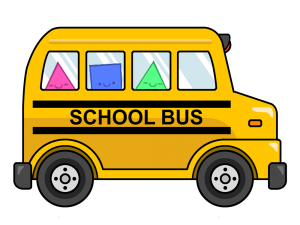It takes place in the land of Polynomia, just as summer is about to start.


The three cities in Polynomia, where everyone lives, are Upp, Dow, and Sides.
Polynomia is home to lots of shapes!





The shapes go to school, and during the summers they like to go to camp.
There are three popular summer camps in Polynomia: music camp, outdoor camp, and math camp.
They're all in the middle of Polynomia.

In the past, only shapes from Upp went to camp because Upp sponsored it.
This year, camps will be open to all shapes in Polynomia for the first time!
The summer camp directors are expecting to receive hundreds of applications.
To make this process more efficient and fair,
the directors have decided to use an algorithm
to help make decisions about who goes to each camp.


There's a record of who has attended which camps in the past. We have a historical dataset.
These are the features the algorithm considers.
The algorithm uses the historical data to train a model, tweaking it little by little.
Once the model fits the data pretty well, the algorithm stops.
Let's use the historical dataset to train the algorithm, and see what happens.
Okay! Let's hear from shapes who are excited about summer camp this year, and sent in their applications.
Awesome! Now we can deploy the model that the algorithm trained.
Notice the model sorting the shapes into what summer camp it thinks they should attend.
The next day at school, some of the shapes aren't too happy with the model's decisions.

Let's start with one city, Upp, first.

Use the buttons below to visualize the results in a few different ways.
Let's look at another city: Dow.
And finally, for Sides...
